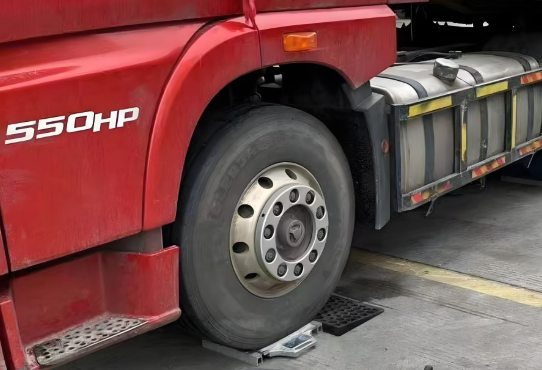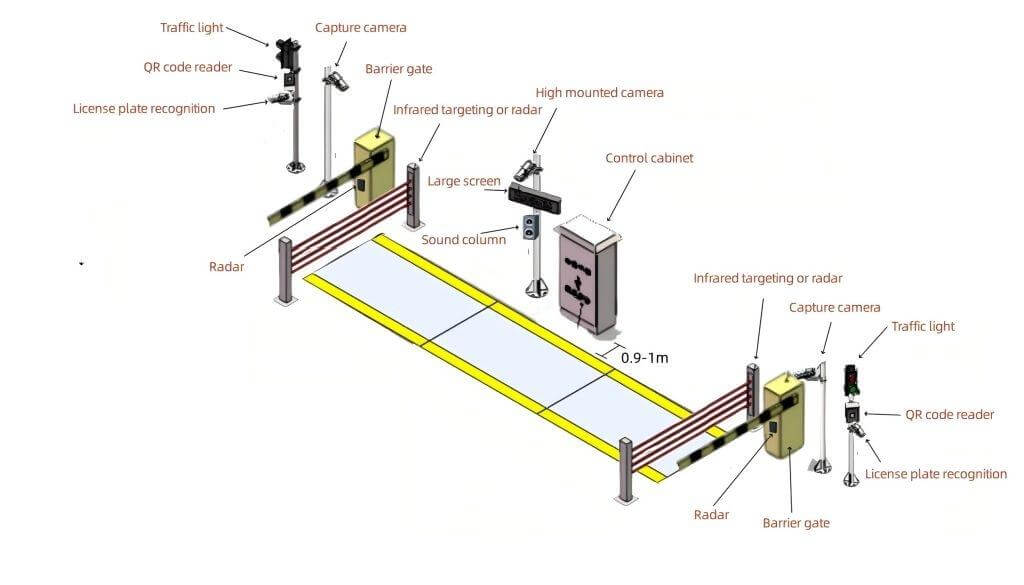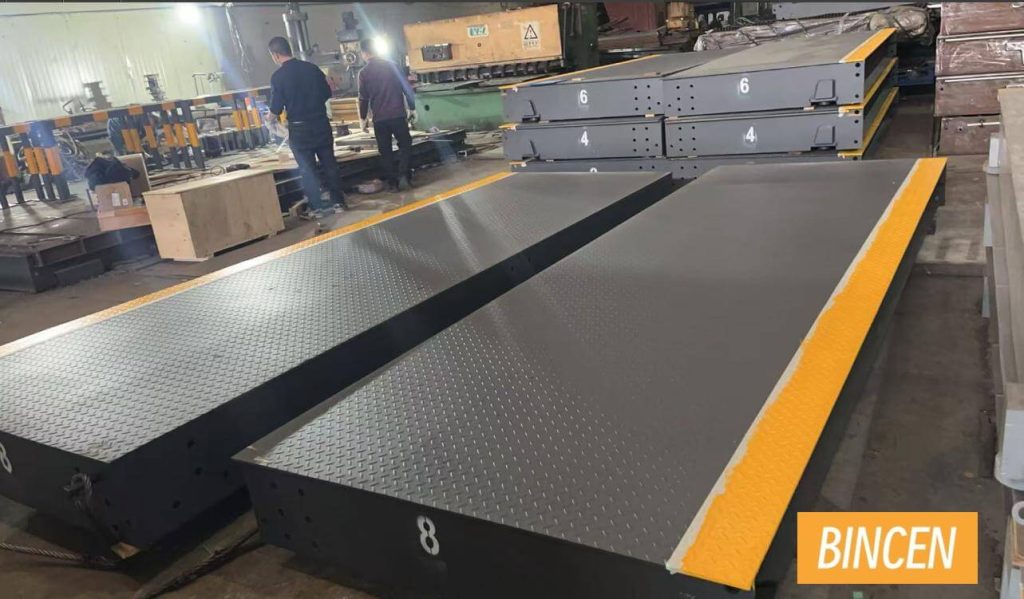U-Beam vs. I-Beam vs. L-Beam for Truck Scales: Which One?
Truck scales are essential tools for accurate weight measurement in various industries, from transportation and logistics to manufacturing and agriculture. The choice of beam type is a critical factor in determining the scale’s structural integrity, load-bearing capacity, and overall performance. Truck scales supplier Bincen provides a comprehensive comparison of U-beams, I-beams, and L-beams, exploring their structural properties, application scenarios, and key considerations for selecting the most suitable beam type for your truck scale.
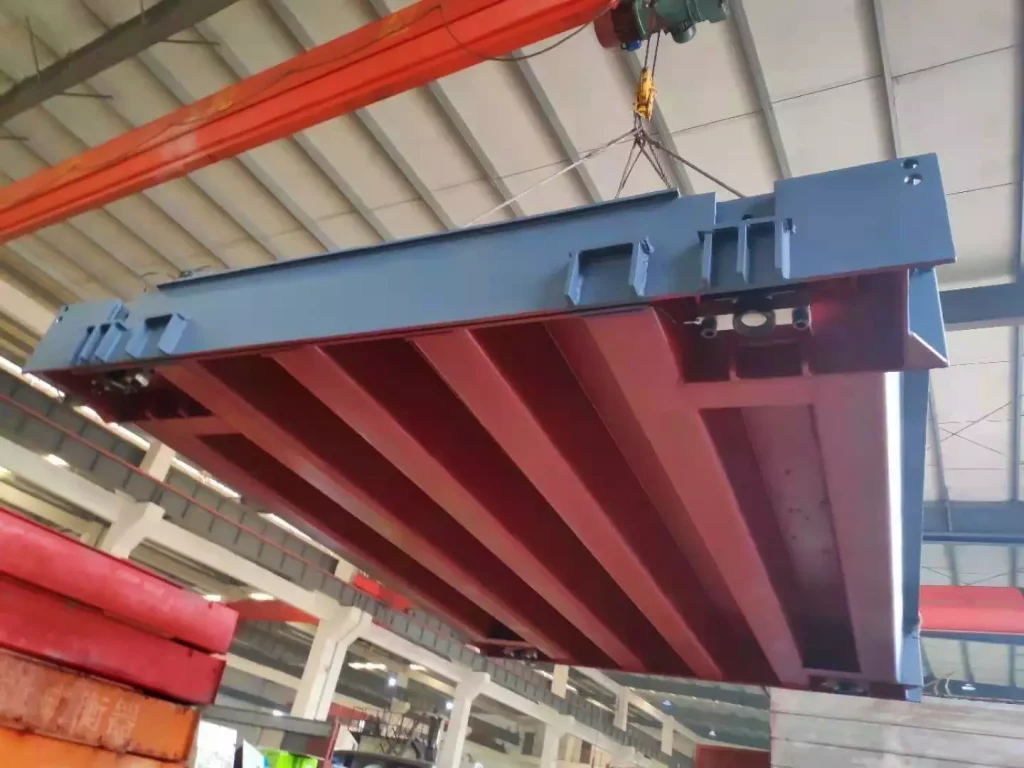
Comparison of Structural Strength and Load-bearing Capacity
I-Beam Truck Scales
- Cross-sectional Shape: The I-beam’s distinctive I-shape, with a web connecting two flanges, provides exceptional bending strength and stiffness. The flanges, which are wider than the web, resist bending moments, while the web helps to resist shear stresses.
- Bending Strength: The I-beam’s ability to resist bending moments is significantly higher than that of other beam shapes. This is due to the efficient distribution of material in its cross-section, with the majority of the material located in the flanges where it is most effective for resisting bending.
- Stiffness: The I-beam’s high stiffness means that it undergoes minimal deflection under load, ensuring accurate weight measurements in truck scales. This is crucial for maintaining the integrity of the scale and preventing errors in weighing.
- Load-bearing Capacity: Due to its exceptional bending strength and stiffness, the I-beam is capable of supporting heavier loads than other beam shapes. In truck scales, I-beams are typically employed as primary beams, providing the main load-bearing capacity and ensuring the scale’s structural integrity.
U-Beam Truck Scales
- Cross-sectional Shape: The U-beam’s U-shaped cross-section offers a high level of bending strength, but its stiffness is slightly lower compared to the I-beam. This is because the U-beam’s flanges are not as wide as those of the I-beam, resulting in a less efficient distribution of material.
- Bending Strength: While the U-beam’s bending strength is still significant, it is generally not as high as that of the I-beam. This is especially true for larger bending moments, where the I-beam’s wider flanges provide a greater resistance to bending.
- Stiffness: The U-beam’s stiffness is lower than that of the I-beam, meaning that it may experience more deflection under load. This can affect the accuracy of weight measurements in truck scales, especially for heavier loads or when precision is critical.
L-Beam Truck Scales
- Cross-sectional Shape: The L-beam’s L-shaped cross-section provides a lower level of bending strength and stiffness compared to the I-beam and U-beam. This is due to the concentration of material in one leg of the L, which limits its ability to resist bending moments.
- Bending Strength: The L-beam’s bending strength is significantly lower than that of the I-beam and U-beam, making it unsuitable for use as primary beams in truck scales. It is primarily used in non-load-bearing applications or as connecting components.
- Stiffness: The L-beam’s stiffness is also low, meaning that it undergoes significant deflection under load. This makes it unsuitable for applications where precision is required, such as in truck scales.

Application Scenarios for U-Beam, I-Beam and L-Beam Truck Scales
| Beam Type | Typical Applications | Advantages in These Applications |
| I-beam | Static truck scales: Ideal for stationary scales due to their high load-bearing capacity and rigidity. Dynamic truck scales: Suitable for scales that measure the weight of moving vehicles, providing accurate and consistent results. | High strength and stiffness for handling heavy loads. Excellent resistance to deflection and vibration. Versatile for various scale designs and configurations. |
| U-beam | Large-scale truck scales: Commonly used in industrial settings where high capacity scales are required. Specialized truck scales: Suitable for scales with specific design requirements, such as those for overweight or oversized vehicles. Secondary beams: Can be used in conjunction with I-beams to support additional loads or create more complex scale structures. | Good balance of strength and weight, making them suitable for large-span structures. Can be used to create custom shapes and profiles to meet specific design requirements. |
| L-beam | Connecting beams: Used to join different components of the truck scale, such as the weighbridge and support structure. Support beams: Provide additional support for the weighbridge or other components of the scale. Non-load-bearing members: Used in areas where high strength is not required, such as enclosures or platforms. | Versatile for creating custom connections and supports. Can be easily fabricated and welded to other structural members. Cost-effective solution for non-critical components. |
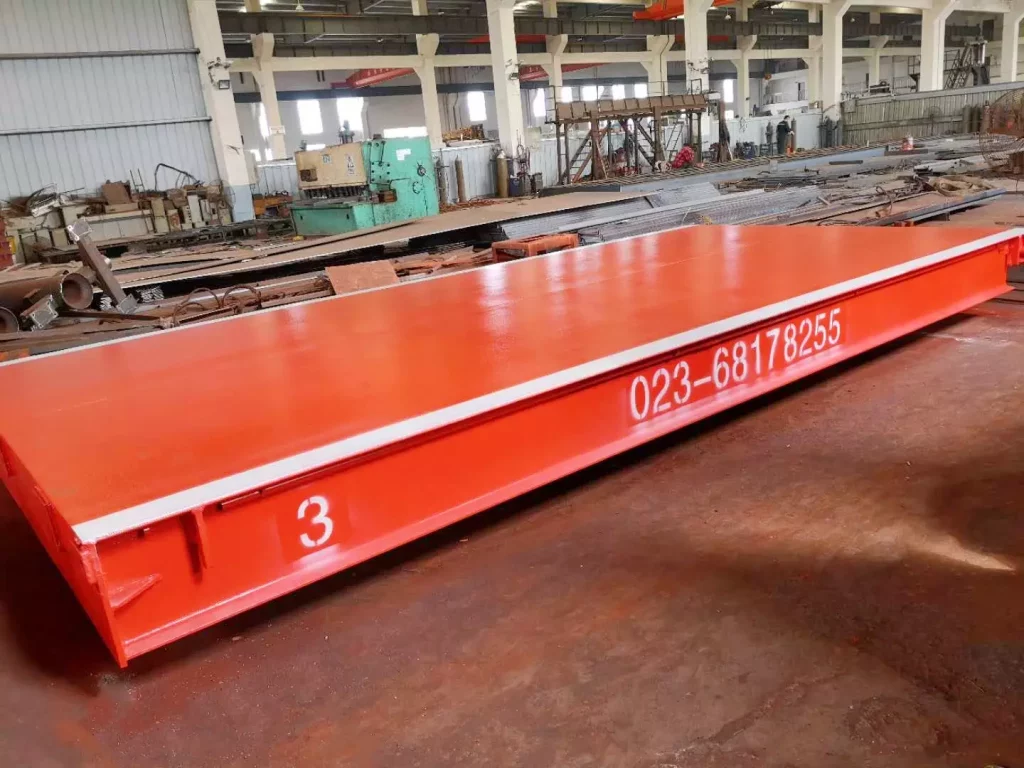
Selecting the Right Beam Type for Truck Scales
The selection of the beam type for a truck scale involves a comprehensive evaluation of various factors. You could consult a reliable truck scales supplier directly. But you may also want to know some key considerations to make the decision:
1. Load Capacity
- Heavy-duty applications: For scales designed to weigh large commercial trucks, I-beams are generally the preferred choice due to their exceptional strength and stiffness. They can handle high concentrated loads and provide reliable measurements.
- Light-duty applications: In cases where the scale is primarily used for smaller vehicles, U-beams or even L-beams may be sufficient, provided they meet the specific load requirements and accuracy standards.
2. Accuracy Requirements
- High-precision scales: Scales that demand precise weight measurements, such as those used in calibration or research, require beams with high stiffness to minimize deflection under load. I-beams are often chosen for their ability to maintain accuracy even under heavy loads.
- General-purpose scales: For scales used in everyday applications, a balance between strength and cost can be achieved by selecting a beam type that meets the required accuracy without being overly expensive.
3. Budget Constraints
- Cost-effective solutions: L-beams are generally the most cost-effective option, but they may not be suitable for high-load or high-accuracy applications.
- Premium performance: I-beams and high-grade materials can increase the initial cost of the scale but often provide long-term benefits in terms of durability and accuracy.
4. Installation Space
- Limited space: In cases where space is constrained, the dimensions of the beams must be carefully considered to ensure a proper fit. U-beams or L-beams may offer more flexibility in terms of shape and size.
- Open areas: For installations with ample space, larger I-beams can be used to provide maximum strength and stiffness.
5. Dynamic vs. Static Loads
- Dynamic loads: Scales designed to weigh moving vehicles, such as those at weigh-in-motion stations, require beams that can withstand repeated impacts and vibrations. I-beams are well-suited for these applications due to their high fatigue strength.
- Static loads: Scales that primarily weigh stationary vehicles may be able to use less rigid beams, but the choice will still depend on the specific load conditions.
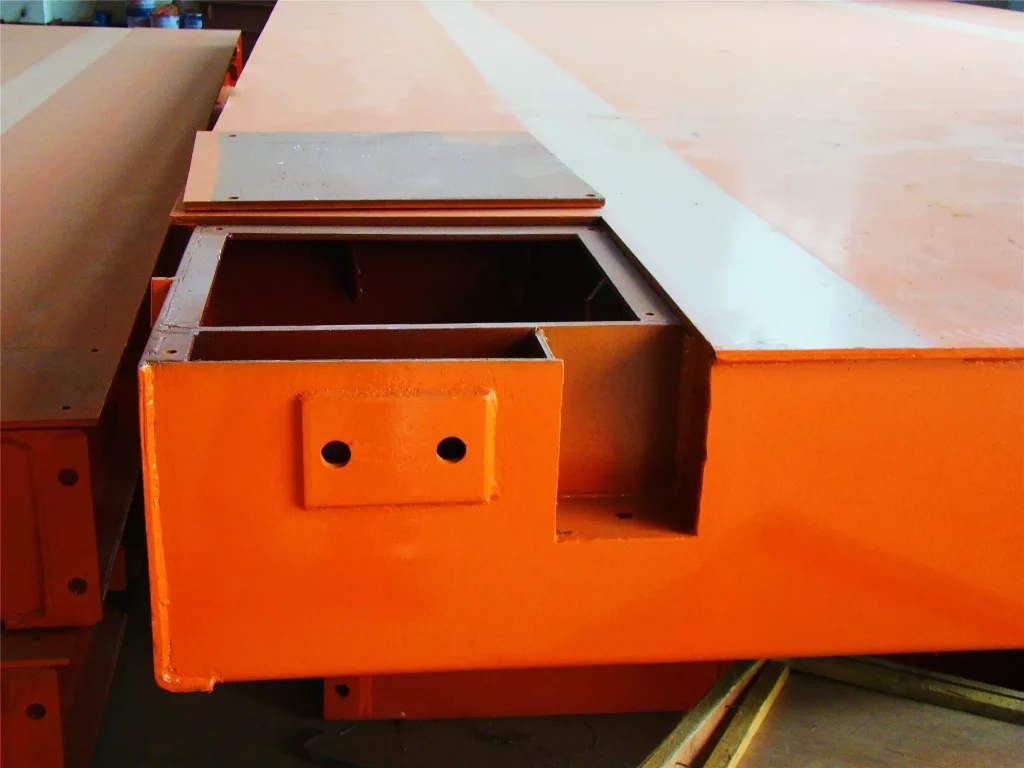
Choosing the Right Beam for Your Truck Scale
The choice of beam type for a truck scale is a critical decision that can significantly impact its performance, durability, and cost. U-beams, I-beams, and L-beams each offer distinct advantages and are suitable for different applications.
- I-beams such as the 150 ton I-beam steel structure limit load truck scales from Bincen are the most versatile and commonly used option due to their exceptional strength, stiffness, and load-bearing capacity. They are ideal for heavy-duty applications and high-precision scales.
- U-beams provide a good balance of strength and weight, making them suitable for large-scale truck scales and specialized applications. Maybe you need an economical and practical U-beam truck scales.
- L-beams are generally used for non-load-bearing components and connecting elements, offering a cost-effective solution for certain applications. Bincen provides the 120 Ton L-beam truck scales with a strong and durable structure with a long service life.
The best beam type for your truck scale will depend on factors such as the expected load, accuracy requirements, environmental conditions, and budget. By carefully considering these factors and the information presented in this article, you can select the most appropriate beam type to ensure the optimal performance and reliability of your truck scale.

